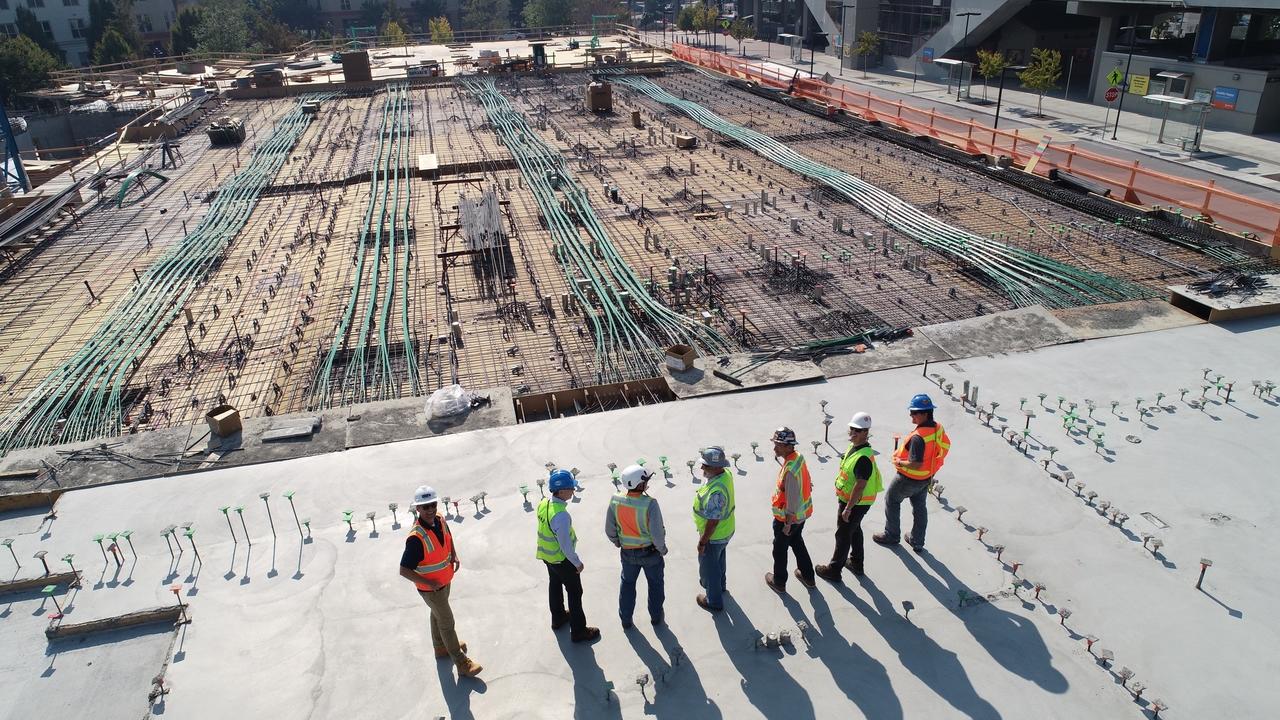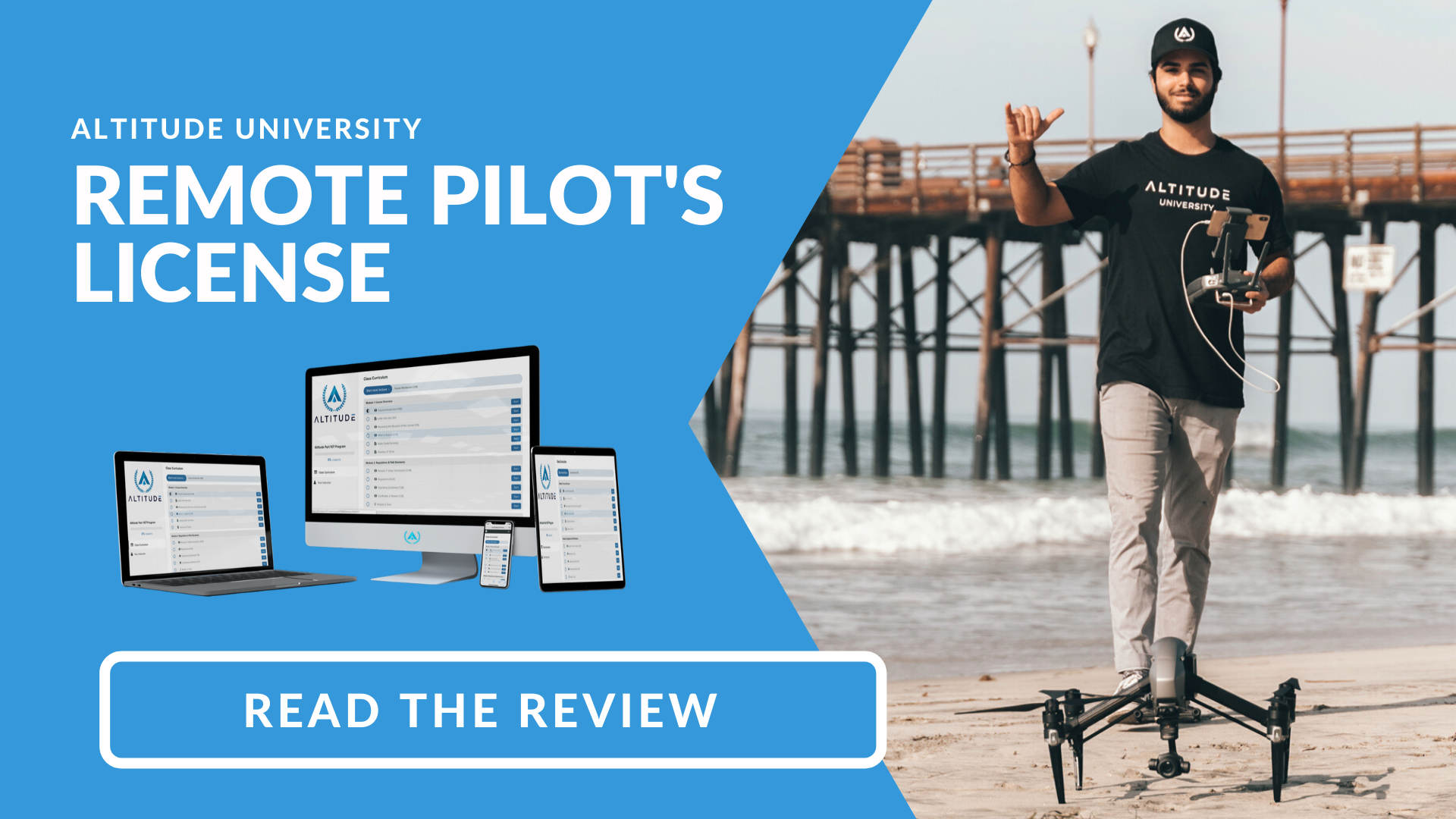Building A Drone Business: Construction Industry

Building for the Future… With Drones!
Over the past decade, digital technologies have transformed entire industries. From on-demand streaming through Netflix, e-commerce giants like Amazon and eBay, to the beginning era of self-driving cars, the list goes on and on.
This digital transformation through the implementation of new technologies and data is allowing us to see a huge shift in productivity and sustainability, ultimately reshaping traditional business processes.
“Without change, there is no innovation”
Over budget, behind schedule and a shortage of labor… does this sound like the construction industry to you? Over the same time period that we have seen these huge successes through the use of digital technology, the Construction industry has continued to operate in the same manner that it has for the last 50 years. From the increasing use of manual labor, mechanical technology, pen and paper, and defined business models; the construction industry has gotten left in the dust for far too long.
“Inefficiency creates opportunities”
As digital technologies are gradually entering the industry, we are seeing more and more startup companies working tirelessly to innovate and re-define traditional construction processes through the use of new technology, services, applications, automation and you guessed it… data! Within 10 years, full-scale digitization could help the industry save an estimated 12-20%, equal to between $1 trillion and $1.7 trillion annually, according to The Boston Consulting Group.
Now, I do not want to bore you by listing all of the details of building information modeling (BIM), prefabrication, modular building, wireless sensors, automated and robotic equipment, and 3D printing, so let's dive into how “fun little flying robots” or drones, are making a HUGE impact on construction sites.
“Out with the old, in with the new”
According to a 2016 McKinsey Report, drones will dramatically improve the accuracy and speed at which construction projects are completed in the near future. Tough Jobs: The Cullen Blogbreaks the benefits of drones down into five main categories: visual inspections, progress tracking, land surveying, better management decisions, and increased safety.
Visual Inspection
Instead of using ladders, aerial lifts, or man baskets, we can use a drone to get first-hand visuals of the structure’s aesthetics or check the structural integrity of the exterior facade while having zero safety risk to our workers leading to improvements in overall infrastructure.

Progression Tracking
When clients are unable to come to the job every week, drones can be extremely helpful in showing them the progress on the job and provide the client a visual aspect they wouldn’t have been able to see even if they were on the job site.

Land Surveying
Instead of using human resources and expensive surveying tools that end up producing complex data that needs a great deal of analysis, a drone can provide accurate data far more efficiently, saving our clients time and money. For example, a quick drone fly-over can help generate an accurate quantity and volume of dirt and other fill material on a site. A drone eliminates the human error involved in this traditional process.

Better Management
A drone provides instant connectivity between clients, construction workers, managers, and the job site. Many superintendents consider a drone to be an invaluable tool.
Clients with up-to-date site photos can express changes they want to see early in the process, rather than down the line when they are much more costly. Drones also increase efficiency due to their ability to collect real-time data.

Safety
A drone can be extremely helpful in a construction company’s safety program. Being able to have our eyes and ears in the sky allows us to carefully examine and better position a job site, and be able to spot safety hazards easier. Not only that, drones sent up to spot structural issues in high locations reduce the number of workers exposed to fall risk.
“No industry left behind”
You can’t do TODAY’S job, using YESTERDAY’S methods, and expect to be in business TOMORROW. For builders, the case for return on investment is straightforward. We see that the construction industry is ripe for disruption, so let's create safer, more efficient and sustainable job sites through innovation and the use of DRONES.
High-Level Overview of AU's Online Part 107 Test Prep Course: The Ultimate Review
Until August 29, 2016 the rules and regulations in the U.S. were mostly unstructured in terms of the legality of flying UAV’s. Since then, the Federal Aviation Administration (FAA) has made many strides in making flying drones legal and far safer.
The Altitude University Online Part 107 Course is a test prep course aimed to help drone enthusiasts pass the exam and acquire their FAA Remote Pilot's Certificate (better known as Part 107 License) that will allow you to legally make money flying drones.
The program has been created by Brandon Trentalange who is one of the most popular entrepreneurs in the drone industry. He has over 6+ years of experience flying drones as a professional drone pilot, has consulted top corporations like NASA, Jet Propulsion Laboratory and Syngenta, and helped over 2,000+ drone operators start a career in the industry.



